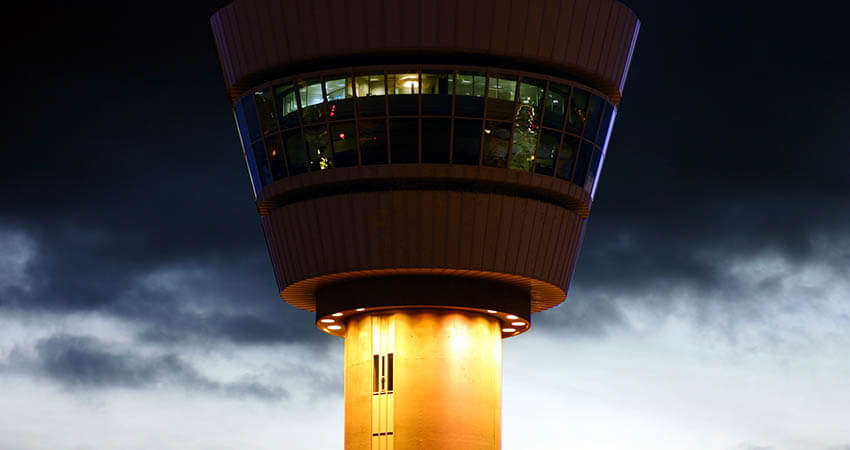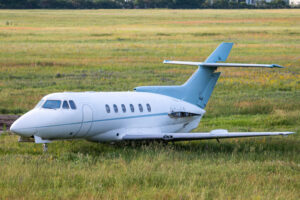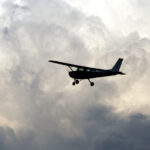ADS-B mandates may not apply to you, but the benefits outweigh the costs.
The timeline to equip with ADS-B is rapidly diminishing, but if you haven’t yet equipped, you may be in luck. If your flight operations don’t fall within the mandated limits, then you are exempt from the January 2020 deadline. However, if you do fall within the limits, your aircraft will be grounded. CTS is bringing you a look at the mandate, some exceptions to the rule, and how it applies to you.The Rule.
Generally speaking, if you operate within airspace in the U.S. that requires a transponder, you will need to equip with ADS-B Out. More specifically, the Garmin ADS-B website says, “this includes Class A, B, or C airspace, Class E airspace at and above 10,000 ft MSL over the 48 contiguous United States and the District of Columbia, and Class E airspace over the Gulf of Mexico from the coastline of the U.S. out to 12 nm and above 3,000 ft MSL. Even if you don’t fall into one of these categories, you’ll still need an ADS-B “Out” solution if you find yourself flying from the surface up to 10,000 ft MSL within 30 miles of most primary Class B airports.” Note: this mandate is only applicable to the airspace, not the flight operation (IFR vs. VFR).The Exception(s).
Don’t fly within the airspace listed above or lucky enough to fly an aircraft certified without an electrical system? Then your aircraft will be exempt from the 2020 restrictions. It is, however, still a good idea to get equipped with ADS-B Out and Infor the safety of others, and yourself. As a bonus, if you happen to be exempt from the mandate, with no set date to equip you have time make sure your investment is the right choice for you. Waiting also means you can ensure that you are receiving the best rates, equipment installation slots, and technology available. Do you fly within these areas? Now that gets a little trickier. You are not exempt and you will be grounded come January 1, 2020 if you do not equip. The FAA is allowing a one-time exemption as approved by the ATC facility with presiding jurisdiction on a case-by-case basis under the following conditions:
1. Aircraft with an inoperative ADS-B Out. Under these circumstances, operations may continue underway to the destination airport, including any stops, or to proceed to a stop for proper repairs. A request like this can be made at any time the occasion arises.
2. Aircraft that are not equipped with ADS-B Out. Aircraft that are not ADS-B equipped, but do need to fly in the mandated zones must put in a request at least 1 hour prior to the proposed operation.
Read more in 14 CFR 91.225 subparagraph (g).
Whether exempt or not, ADS-B is the newest FAA solution to safer skies and in-flight awareness. The location tracking tool is extremely reliable and effective, making it a viable option for every pilot and not just those that are required to comply with the 2020 mandate. With some minor exceptions, ADS-B is required throughout most of the U.S. airspace and is becoming a more popular option all around the globe. Learn more about ADS-B from the FAA, Garmin, or AC 90-114.
Do you fly within these areas? Now that gets a little trickier. You are not exempt and you will be grounded come January 1, 2020 if you do not equip. The FAA is allowing a one-time exemption as approved by the ATC facility with presiding jurisdiction on a case-by-case basis under the following conditions:
1. Aircraft with an inoperative ADS-B Out. Under these circumstances, operations may continue underway to the destination airport, including any stops, or to proceed to a stop for proper repairs. A request like this can be made at any time the occasion arises.
2. Aircraft that are not equipped with ADS-B Out. Aircraft that are not ADS-B equipped, but do need to fly in the mandated zones must put in a request at least 1 hour prior to the proposed operation.
Read more in 14 CFR 91.225 subparagraph (g).
Whether exempt or not, ADS-B is the newest FAA solution to safer skies and in-flight awareness. The location tracking tool is extremely reliable and effective, making it a viable option for every pilot and not just those that are required to comply with the 2020 mandate. With some minor exceptions, ADS-B is required throughout most of the U.S. airspace and is becoming a more popular option all around the globe. Learn more about ADS-B from the FAA, Garmin, or AC 90-114. RELATED CTS TRAINING









